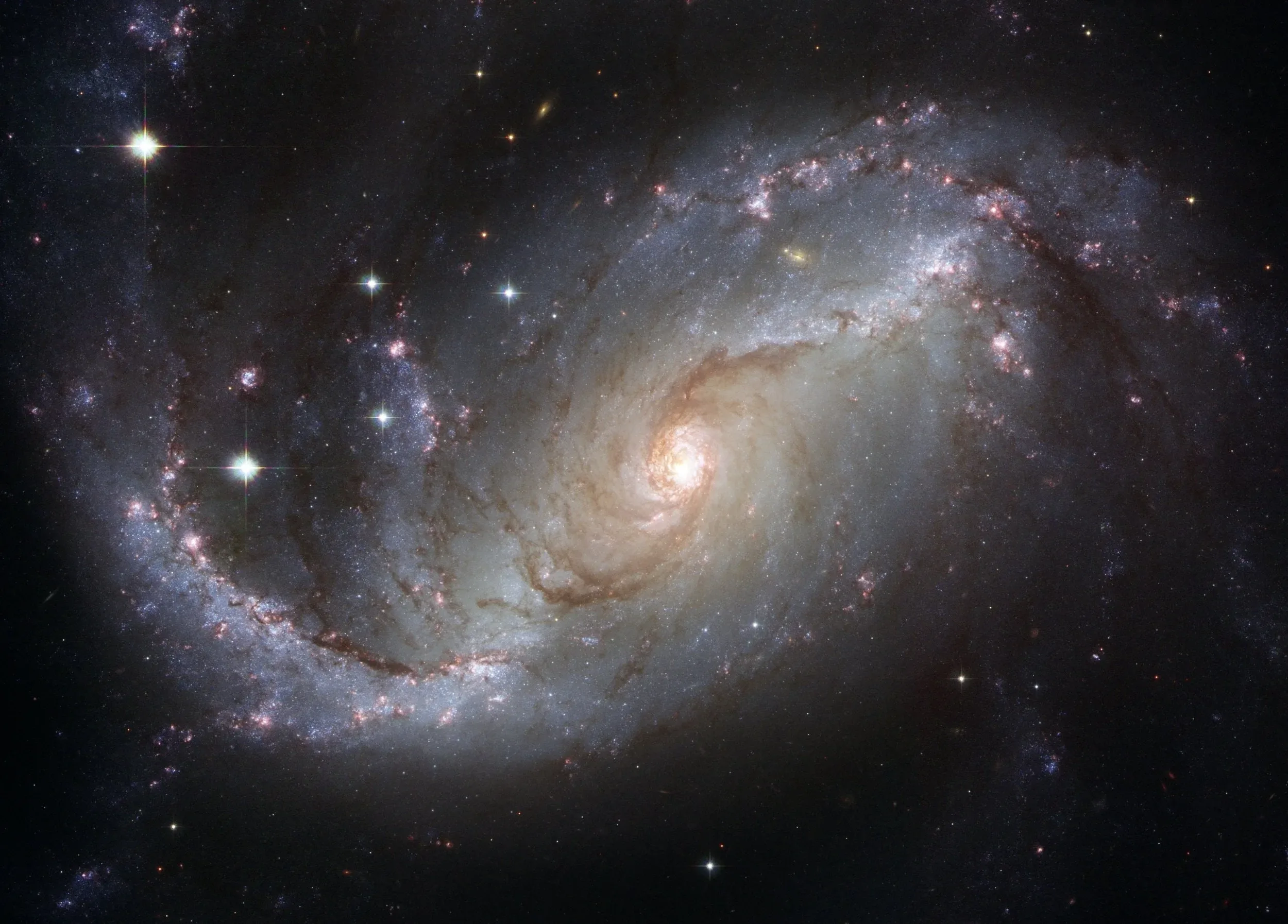In March 2018, Leo Kouwenhoven, a Dutch physicist and Microsoft employee, believed that he found a Majorana fermion, an elusive particle. Microsoft wanted to exploit this particle for quantum computing to rival its competitors, and the company’s quantum computing business development head, Julie Love, promised that a commercial quantum computer will be ready in five years. However, three years later, Kouwenhoven and his team discovered that they did not really find the particle and will retract their original paper published in Nature.
Two other physicists have claimed that Kouwenhoven’s team did not include some points that would disprove their research in the original 2018 paper. This paper claimed that it had comparatively more concrete evidence for Majorana particles than a 2012 study. The project had received partial funding from Microsoft, and Kouwenhoven was hired to work on Majoranas in 2016.
In the original paper, the team reported ‘zero-bias peaks’, signatures of the elusive particles. These were found when electric currents passed through very small and supercooled wires made of a semiconductor. A chart included in the paper showed dots tracing a plateau at precisely when the theory said the electrical conductance would occur.
Sergey Frolov, a professor at the University of Pittsburgh, immediately spotted a few problems in the paper. Some data points strayed from the line, but were omitted. These points would prove that Majorana particles were absent. A new paper released earlier in 2021 contained the problems Prof. Frolov found but did not explain why they were previously omitted. Instead, it stated that there was the possibility of ‘confirmation bias’ which could ‘effectively yield false-positive evidence’.
Microsoft released a statement that also noted that Kouwenhoven could not comment because the paper was undergoing peer review. Last year, he stated this.
‘We are confident that scaled quantum computing will help solve some of humanity’s greatest challenges, and we remain committed to our investments in quantum computing.’
Leo Kouwenhoven, dutch physicist and microsoft employee
Last April, Nature’s editorial team added an editorial expression of concern, and more recently, a spokesperson of the magazine revealed that action was being taken to investigate and resolve the matter. It began in May 2020 and would most likely find that while the team made mistakes, they did not intend to mislead anyone.
No matter what happened, Microsoft will still take a big hit to its quantum computing agenda. The company claimed that qubits based on Majorana particles would be more scalable and allow it to jump ahead of the competition. However, even after a decade of work, not a single qubit is available for use.
Majorana fermions are named after Ettore Majorana, an Italian physicist who hypothesized that there are particles that were also their own antiparticles. This prediction was made in 1937. Soon after, he boarded a ship and disappeared entirely. It would be until the 2000s when Kouwenhoven’s team reported finding them again.
In 2004, Microsoft became interested in Majorana fermions after Craig Mundle, a tech strategy chief, proposed that they could construct topological qubits to prevent fragile qubits. Majoranas were a possible ingredient to this solution. A new team was assembled and Station Q, an outpost in Santa Barbara, California, was built. There the team experimented and hunted the rare particle.
Kouwenhoven was among those Microsoft supported, and his 2012 paper was the start of this drama. Microsoft decided to go all in and hype up support and investment into hunting the Majorana fermions. Charles Marcus, another leading physicist, would join Kouwenhoven on his hunt for the particle. Todd Holmdahl, formerly leading hardware for the Xbox console, would join them later. In early 2018, he claimed that by the end of the year, Microsoft will have a topological qubit. The source of all this drama would surface a month later.
While Microsoft was chasing this particle, its competitors were working on more established technologies and making steady progress. In 2019, Holmdahl would leave the project after he missed an internal deadline. Ever since his departure, the project would barely be in the limelight. The competitors such as Google were simply focusing on their own projects and urging software developers to use their prototypes via the cloud. Still, there was no quantum computer ready from any of them.
Frolov had previously worked with Kouwenhoven, as well as Vincent Mourik from Australia’s University of South Wales. Frolov and Mourik would later comb through the 2018 paper and discover the mistakes. Sankar Das Sarma, theoretical physicist at the University of Maryland, believes that the technology can work but will take at least 30 years. He was a co-author on both versions of the paper. Similar to how transistors were first built, he believes that new parts and technologies require time.

